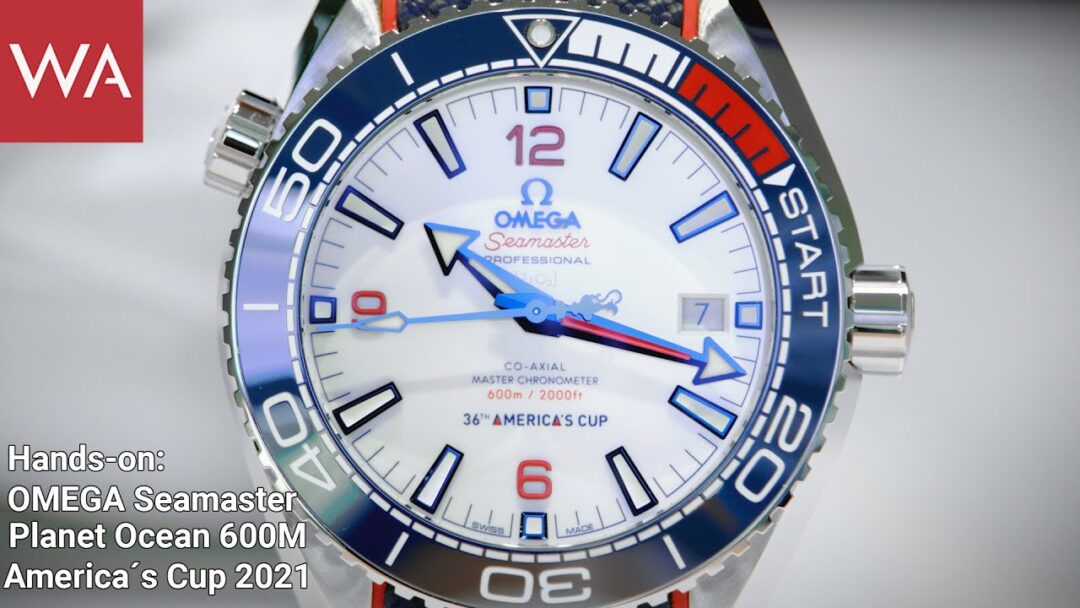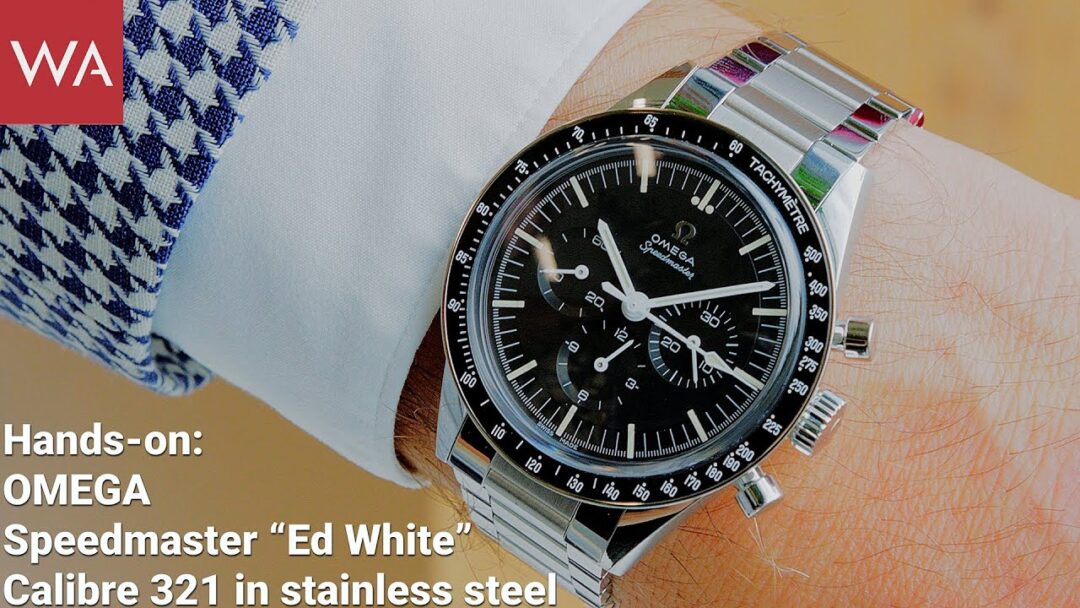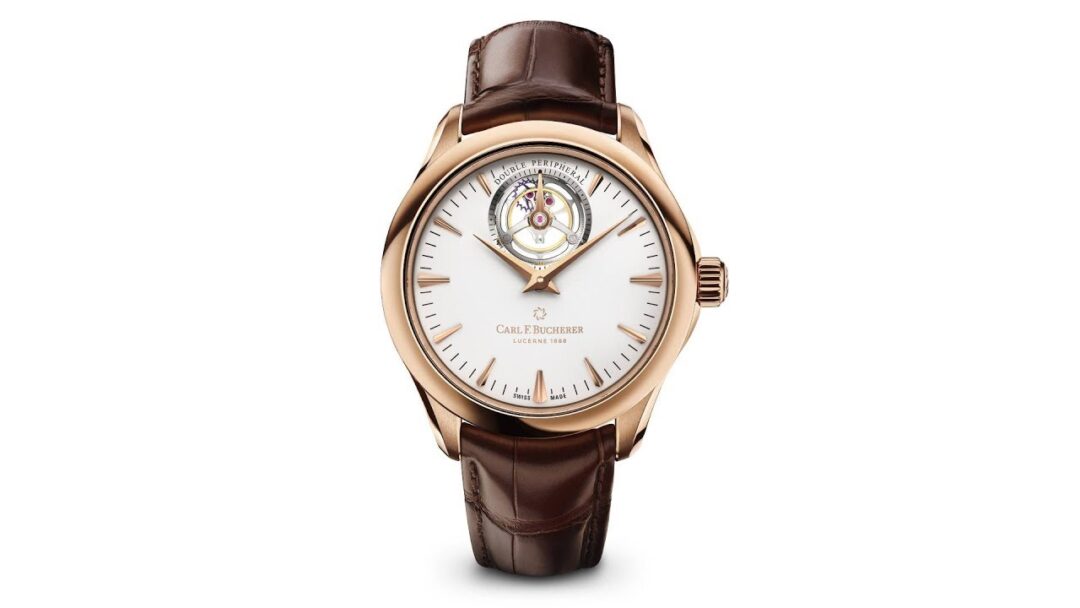@Montres Breguet
This is not only a hands-on-video! This documentary, accentuated with music by Wolfgang Amadeus Mozart, pays tribute to the blend of mechanical virtuosity with aesthetic mastery. You will in fact see and hear me be very excited! This watch is also a stunning display of Breguet’s expert craftsmanship – in particular the engraving on the back, which depicts the house that Abraham-Louis Breguet acquired on Quai de l’Horloge in Paris.
The Classique Double Tourbillon Quai de l’Horloge model houses a monumental movement in the proportions of a watch. Working with very limited space, the Breguet Manufacture has built a complex and harmonious universe that seemingly defies the laws of physics. Like a delicately chased sculpture, the entire exposed mechanism pivots around its axis at the rate of one full turn every 12 hours. It is propelled by two independent tourbillons, which each complete a full rotation per minute. In this way, the interconnected regulating organs perform a double revolution, simultaneously driving the tourbillon bar: the signature hours hand. It is a remarkable display, featuring a number of components made of gold, as were those of grand complication movements back in their day – a tradition that has now been all but lost; one that the House of Breguet endeavors to perpetuate, as it does its specialist artisan techniques.
The two tourbillons oscillate independently from one another, each driven by their own barrel. However, the two oscillating organs are coupled with a second pair of wheels, revolving in the central differential. This double-entry mechanism is able to determine the average rate of the tourbillons, allowing for the oscillating plate to be set in motion at the rate of one full rotation every 12 hours. As for the minutes indication, it is a classic hand in the center. The entire mechanism is equipped with a system to minimize play in the wheels, ensuring a perfectly precise display.
Technical specifications
Round platinum case with finely fluted case band.
Sapphire-crystal caseback.
Sapphire glass box of high transparency.
Rounded welded lugs with screw bars.
Sapphire dial.
Individually numbered and signed Breguet.
Hours chapter with Roman numerals.
Open-tipped Breguet minutes hand in blued steel.
Blued-steel hours hand extending along the bar supporting the two tourbillons.
“Stone” strap, natural slate on rubber.
Triple folding clasp in platinum.
Movement
Breguet Calibre 588 N
Winding: Hand-winding
Power reserve (hours): 50
Lines: 16½”’
Jewels: 81
Frequency: 18.000 A/h (= 2,5 Hz)
Monometallic balance wheels with gold screws
Escapement: Right-angle lever
Balance-spring: Springs with Breguet overcoil
Adjusted in 6 positions
Number of components: 738
Case
Metal:
Sapphire caseback
Case width: 46 mm
Case thickness: 16.80 mm
Price November 2020 (is being fixed monthly)
674.000 Euro (incl. 20 % VAT)
The expertise of the art of watchmaking is never without aesthetic virtuosity at Breguet. Presented for the first time in 2006, the is now liberated from the dial, revealing itself in all of its mechanical beauty. Stylised and rounded, the barrel bridges in steel take on the form of the letter B. All the components are meticulously straight-grained, chamfered, and even satin-brushed by hand. A true signature of the House, the hand-engraving on a rose engine (é work) finds a new field of expression on the movement, replacing the traditional circular graining. Laid bare as it is, the caliber exposes the inner flank of the case band, from which the hand-engraved Roman numerals stand out echoing in their design those of the sapphire hours chapter.
Yet the unique character of this timepiece is fully revealed on its back. The treasures of mechanical ingenuity assembled for the movement leave in their wake timeless poetry. The timepiece is completed with an engraving, crafted by the artisans of the Manufacture, featuring the facade of the building occupied by from 1775 onward, at 39 Quai de l’Horloge, Etched into gold, the work abounds in such meticulous detail that through the windowpanes a glimpse may be caught of the wheels of the caliber. A window into two worlds of true excellence.
Born in Neuchâtel, Switzerland, in 1747, Abraham-Louis Breguet left home in 1762 to perfect his training as a watchmaker in Versailles and Paris. He would bring to life some of the most important inventions of watchmaking: gong springs for repeating watches in 1783; the pare-chute shock protector in 1790; the Breguet balance spring in 1795; and – above all – the tourbillon, patented in 1801. Abraham-Louis Breguet introduced guilloché work to watchmaking for the first time in 1786 – a technique that would prove integral to the signature Breguet style, which is also characterized by the famous open-tipped Breguet hands.




